With the first Generation of Ryzen, AMD has shown that end-user CPUs need to be limited to four cores and eight threads. Ryzen Gen. 2 introduced broader support for higher memory clock speeds thanks to optimized Zen architecture and gradually expanded market spread through competitive pricing. The third generation of Ryzen CPUs, at least on paper, have all the necessary prerequisites to put an end to Intel's end-user market dominance in good Athlon-64 manner. Together with our French colleagues, we have now looked at whether the Ryzen 7 3700X and Ryzen 9 3900X can still be given one to the place deer Intel. Competition enlivens the business and, after all, meets us end users in a supple way.
For today's test, we each juxtapose a Ryzen CPU and the corresponding Intel counterpart as well as a few sieve kicks, because unfortunately we did not have more time for the already known reasons. But even that is enough for a good and objective comparison:
| Cpu | Ryzen 9 3900X | Core i9-9900K | Ryzen 7 3700X | Core i7-9700K | Core i5-9600K |
| Cores / Threads | 12 / 24 | 8 / 16 | 8 / 16 | 8 / 8 | 6 / 6 |
| Basic clock | 3800 | 3600 | 3600 | 3600 | 3700 |
| Maximum Boost Clock (1 Core) (MHz) | 4600 | 5000 | 4400 | 4900 | 4600 |
| Boost Clock (All Cores) (MHz) | 4300 | 4700 | n.a. | 4600 | 4300 |
| Cache L2 (MB) | 6 | 2 | 4 | 2 | 1.5 |
| Cache L3 (MB) | 64 | 16 | 32 | 12 | 9 |
| PCIe Lanes | 24 | 16 | 24 | 16 | 16 |
| TDP (W) | 105 | 95 | 65 | 95 | 95 |
| Price (Euro) | 514-549-589 | 485 | 343-359-389 | 375 | 235 |
Since AMD has already managed to perfect the salami tactics in an endearing way, so that almost every week some of coal was thrown into the firing of the hype train, it is hard to write anything new in the intro. Especially since everyone is waiting for the results to check what performance of it ultimately comes into being. That's where we want to start, but I'm going to go further in some follow-ups here in Germany.
This first test can only be the beginning to question the practice in daily use in further tests, because even benchmarks can never fully represent what really accumulates in everyday tasks. Nevertheless, I still have some theory in advance for you, so that one or the other test result can perhaps be explained better.
Ryzen 3000 brings together a variety of technological developments, including 7 nm manufacturing at TSMC. These CPUs are also undergoing a major structural change: they are the first CPUs of their kind to introduce a chiplet structure. This consists of housing several chips in a single housing. With Ryzen 3000 we see up to two pure 7 nm CPU chips supported by a third chip. It is manufactured in 12 nm at Global Foundries and manages all I/Os, including memory, PCIe, USB, etc.
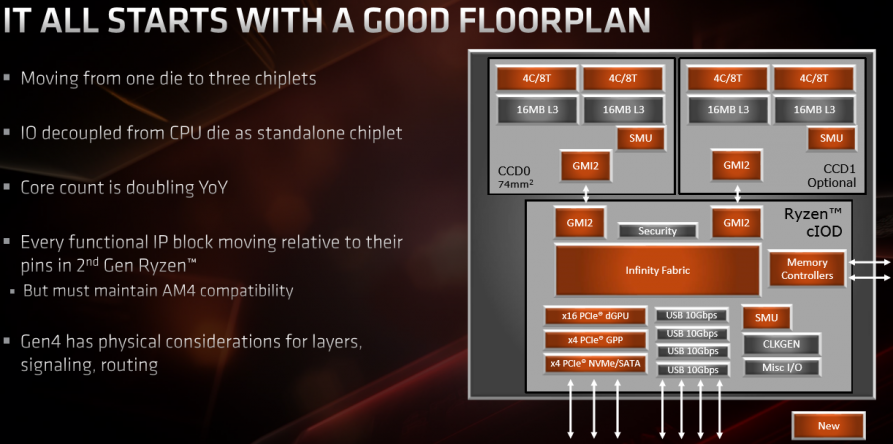
As for the most important changes to the Zen2 architecture itself, AMD lists several important improvements: starting with the AVX-256, which will greatly improve the calculations of some processes. In addition to many cache improvements at all levels, the most important is doubling the L3 cache to 32 MB per CCD chip (16 MB per CCX with four cores each). This reduces memory latency, which in turn has a positive effect on performance in games. AMD announces 15% more IPC performance (instruction per cycle) than Zen+ with a performance increase of 75% per watt.
| Ryzen 9 3900X
Number of threads available |
1 | 2 | 3 -4 | 5 – 12 | 13 – 24 |
| Clock rates (MHz) | 4600 | 4500 | 4425 | 4350 | 4300 |
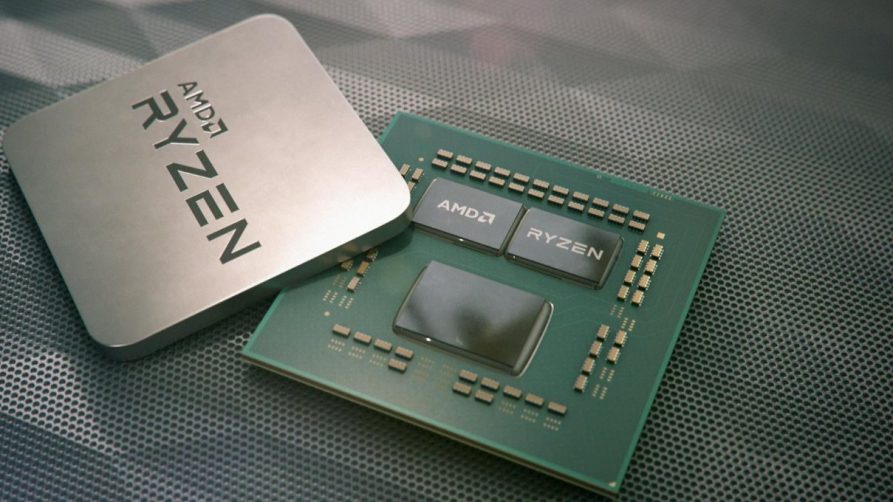
Finally faster DRAM!
The lack of support for high-clocked RAM was one of the main weaknesses of the previous Ryzen CPUs. With Ryzen 3000, this is now changing, because the processors are able to manage RAM up to DDR4-3733 (3600 in the AMD test document). This reduces latency and at the same time increases overall performance. Ryzen 3000 also copes with even higher clock rates, up to DDR4-5100 were possible in the internal test of AMD. However, only by decoupling the frequencies. The latencies then increase a little:
| OC clock | Memory frequency (mclk) | Memory controller frequency (uclk) | Infinite tissue frequency (fclk) |
| Up to DDR4-3600 (or 3733) | 1 | 1 | 1 |
| Example with 3400 MT/s | 1700 MHz | 1700 MHz | 1700 MHz |
| For more than 3600 (or 3733) MT/s | 2 | 1 | 1800 MHz fixed |
| Example in 4400 MT/s | 2200 MHz | 1100 MHz | 1800 MHz |
| Occupied DIMM slots | Occupancy | Officially managed transfer rates | |
| 2 of 2 | Single | DDR4-3200 | |
| 2 of 4 | Single | DDR4-3200 | |
| 4 before 4 | Single | DDR4-2933 | |
| 2 before 2 | Double | DDR4-3200 | |
| 2 of 4 | Double | DDR4-3200 | |
| 4 out of 4 | Double | DDR4-2667 | |
Technical details of architecture
Of course, I could add a mile-long Wall of Text here, but that would end up being just a rumination of what has been rolled up and down for weeks and wide. That's why there are amD films as a service at this point, on which such an intro ja is ultimately based. And I think it's better and more honest to just read the original of Mike Clark, the chief architect of the Zen generation, and sort the marketing messages in it correctly (and, if necessary, to get the marketing messages in it. also smart to filter away):
Cheaper? But not with the motherboard!
The Ryzen 3000 CPUs are once again absolute price breakers and could also force Intel to offer its own product portfolio at a lower price. AmD continues to offer more performance in terms of the euro. However, there is one major drawback: the price of X570 motherboards does not fall below 200 Euros at the market launch! If you look at the prices for an Intel Z390 motherboard in front of your mind, you can calculate an average of almost 70 euros less. When comparing the overall investment, the AMD platform's lead over Intel is shrinking significantly.
| Series Name | EIA incl. Vat. |
| AMD RYZEN™ 9 3900X | € 529.00 |
| AMD RYZEN™ 7 3800X | € 429.00 |
| AMD RYZEN™ 7 3700X | € 349.00 |
| AMD RYZEN™ 5 3600X | € 265.00 |
| AMD RYZEN™ 5 3600 | € 209.00 |
| AMD RYZEN™ 5 3400G | € 159.00 |
| AMD RYZEN™ 3 3200G | € 106.00 |
Test
| AMD Platform | Intel Platform | |
| Processors: | Ryzen 9 3900X @Stock (PBO) Ryzen 7 3700X @Stock (PBO) |
Intel Core i7-8700K (OC 5 GHz) Intel Core i9-9900K @Stock Intel Core i7-9700KF @Stock Intel Core i5-9600K @Stock |
| Motherboard: | Asus ROG Strix X570-E Gaming | SuperMicro C9Z390-PGW |
| Memory: | G.skill Trident Z Royal 2x 8 GB DDR4-3600 CL16 | G.skill Trident Z Royal 2x 8 GB DDR4-3600 CL16 |
| Graphics card: | NVIDIA GeForce RTX 2080 Ti FE | NVIDIA GeForce RTX 2080 Ti FE |
| Power supply: | Thermaltake Thougpower iRGB Plus 1050W | Thermaltake Thougpower iRGB Plus 1050W |
| CPU cooler: | Alphacool Ice Bath280 | Alphacool Ice Bath280 |
| Operating system: | Microsoft Windows 10 (1903) | Microsoft Windows 10 (1903) |
- 1 - AMD Ryzen 3900X und 3700X
- 2 - Straßenpreise
- 3 - Schneller DRAM
- 4 - Speicherbandbreite und L3-Cache
- 5 - Speicherlatenzen, L3-Cache und Intercore
- 6 - 4 Leistung: H.265-Kodierung
- 7 - Leistungsmerkmale: 3DMark TimeSpy
- 8 - Leistung in Spielen
- 9 - Leistung: Frametimes
- 10 - Leistung: SPECviewperfs 13
- 11 - Leistung: SPEC Workstation
- 12 - Leistungsaufnahme
- 13 - Fazit














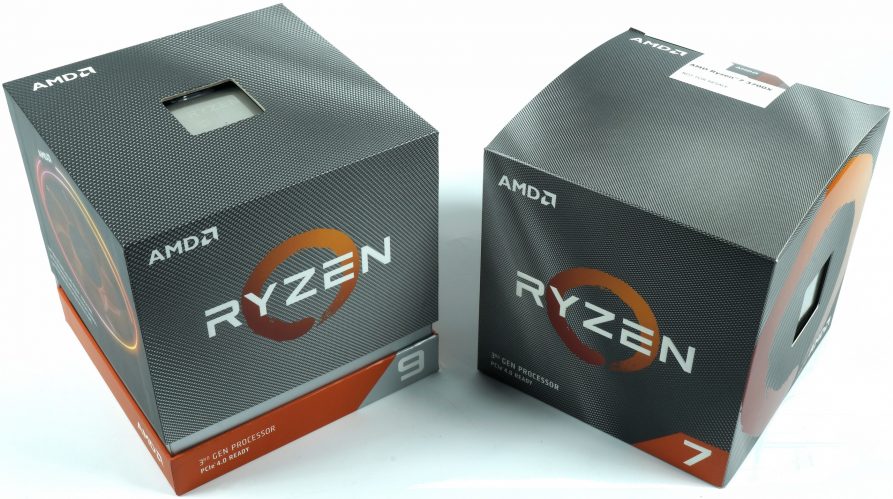
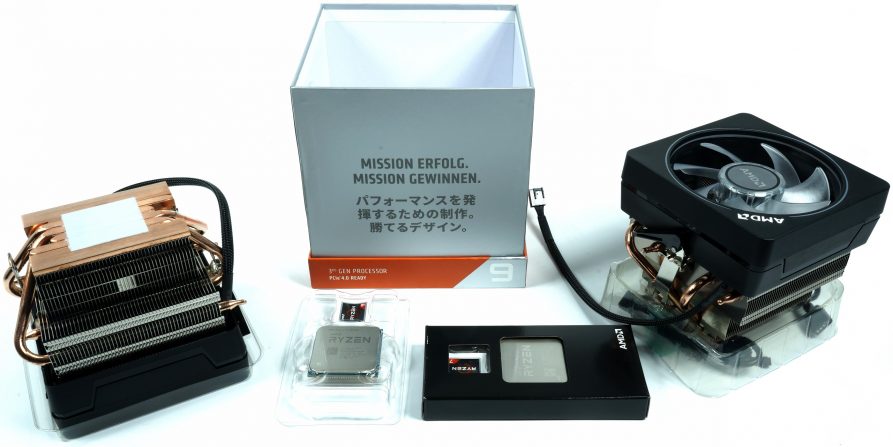
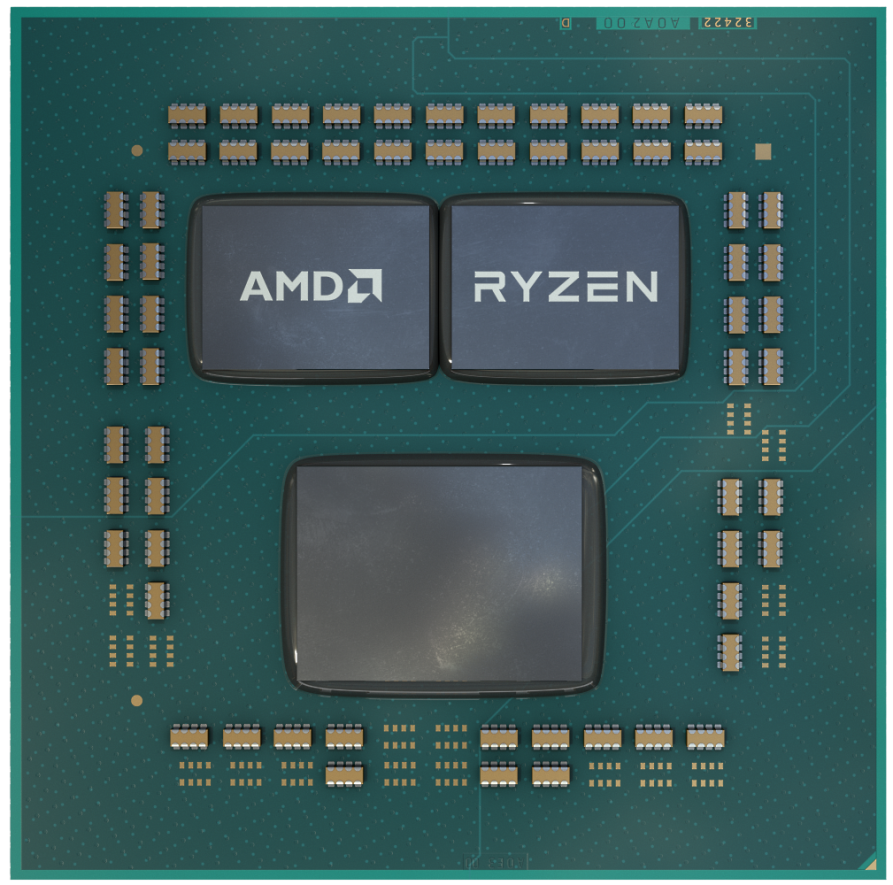






















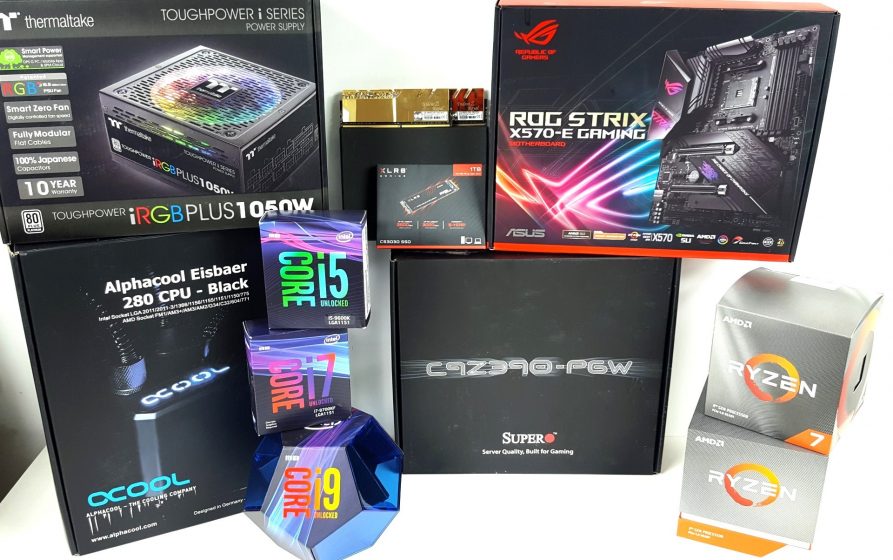


















Kommentieren